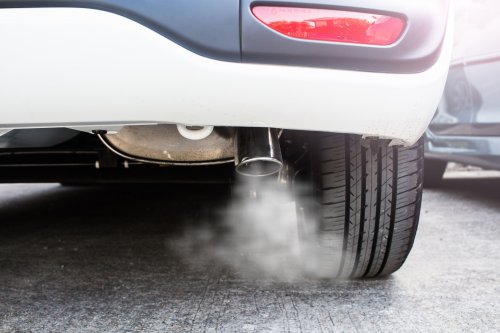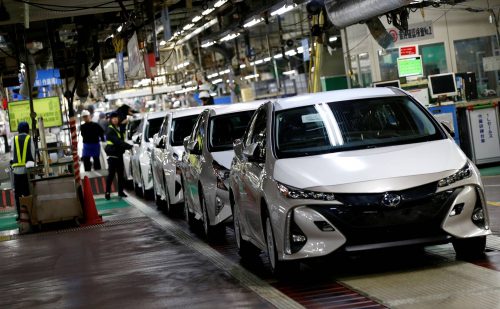The European Parliament has approved new carbon reduction targets for new passenger cars and light commercial vehicles as part of the Fit for 55 package.
The new legislation sets the path to zero emissions for new passenger cars and light commercial vehicles from 2035, the European Parliament said in a press release.
The corresponding decision was supported by 340 MEPs, 279 voted against, and 21 abstained.
It is noted that the goal for the entire EU fleet is to reduce CO2 emissions from new cars and minibuses by 100% compared to 2021. Intermediate targets for reducing emissions by 2030 are set at 55% for passenger cars and 50% for minibuses.
The press service emphasized that the regulation also provides that:
- by 2025, the European Commission will introduce a methodology to assess and provide data on CO2 emissions over the full life cycle of cars and vans sold on the EU market, accompanied by legislative proposals where necessary;
- by December 2026, the EC will monitor discrepancies between emission limit values and real data on fuel and energy consumption, report on the methodology for adjusting producers' specific CO2 emissions and propose appropriate follow-up measures;
- manufacturers responsible for small production volumes during a calendar year (between 1,000 and 10,000 new cars or between 1,000 and 22,000 new vans) may be granted a derogation until the end of 2035 (those registering less than 1,000 new vehicles per year continue to be fired);
- the current zero and low emission vehicle (ZLEV) incentive mechanism, which rewards manufacturers who sell more of these vehicles (with zero to 50g CO2/km, such as electric vehicles and high-performance plug-in hybrids) with lower carbon emissions, the emission reduction targets will be adapted according to expected sales trends. From 2025 to 2029, the ZLEV benchmark is set at 25% for new car sales and 17% for new vans, and from 2030 this incentive will be removed;
- every two years, starting from the end of 2025, the European Commission will publish a report to assess progress towards zero-emission road mobility.
The message noted that after the final vote at the plenary session, the text must also be formally approved by the Council before soon being published in the Official Journal of the EU.
As EcoPolitic reported before, on June 8, the European Parliament supported the changes proposed by the European Commission to the rules for controlling harmful emissions, which provide for full the ban on cars with internal combustion engines from 2035.





